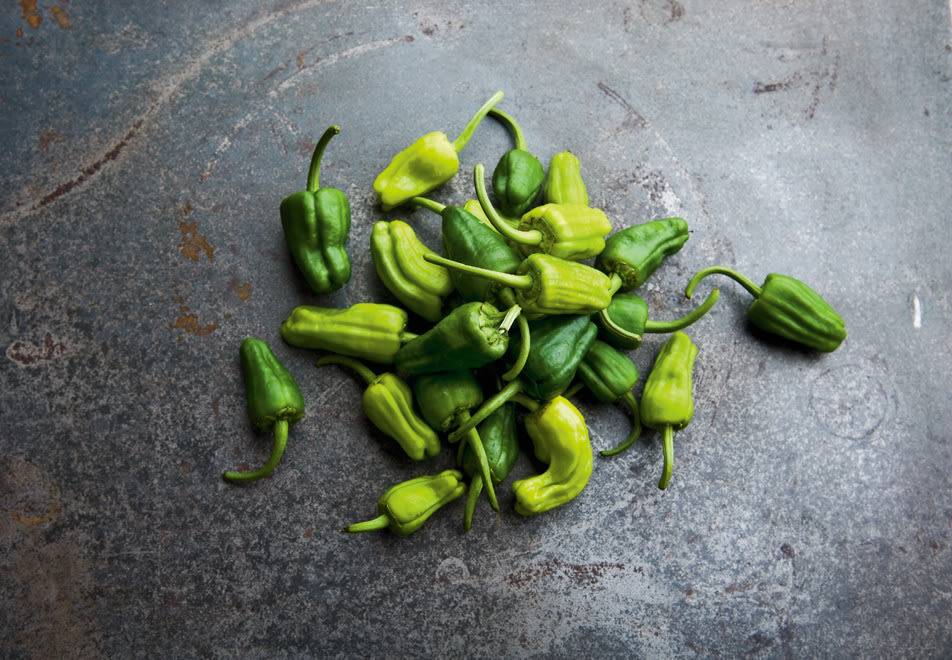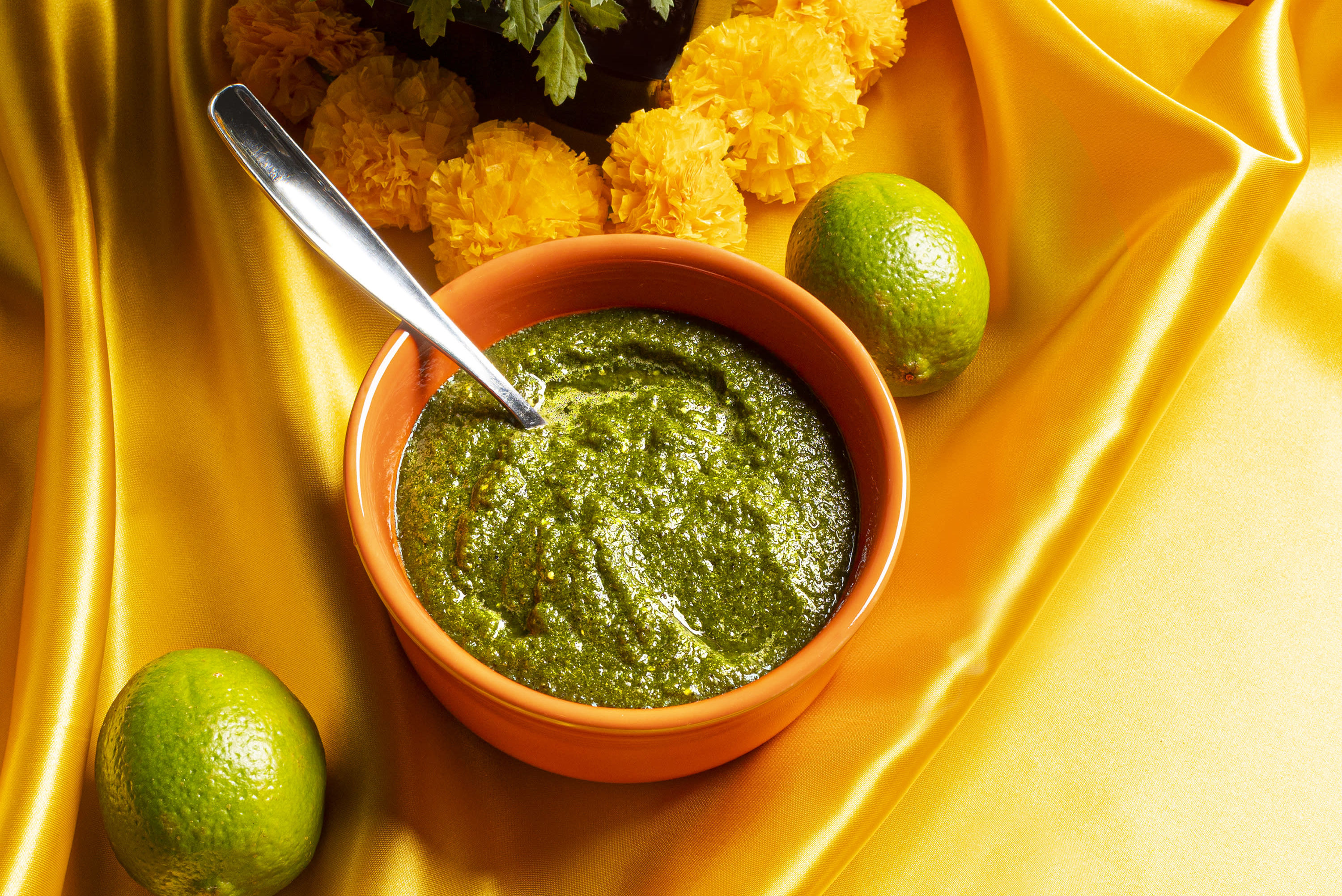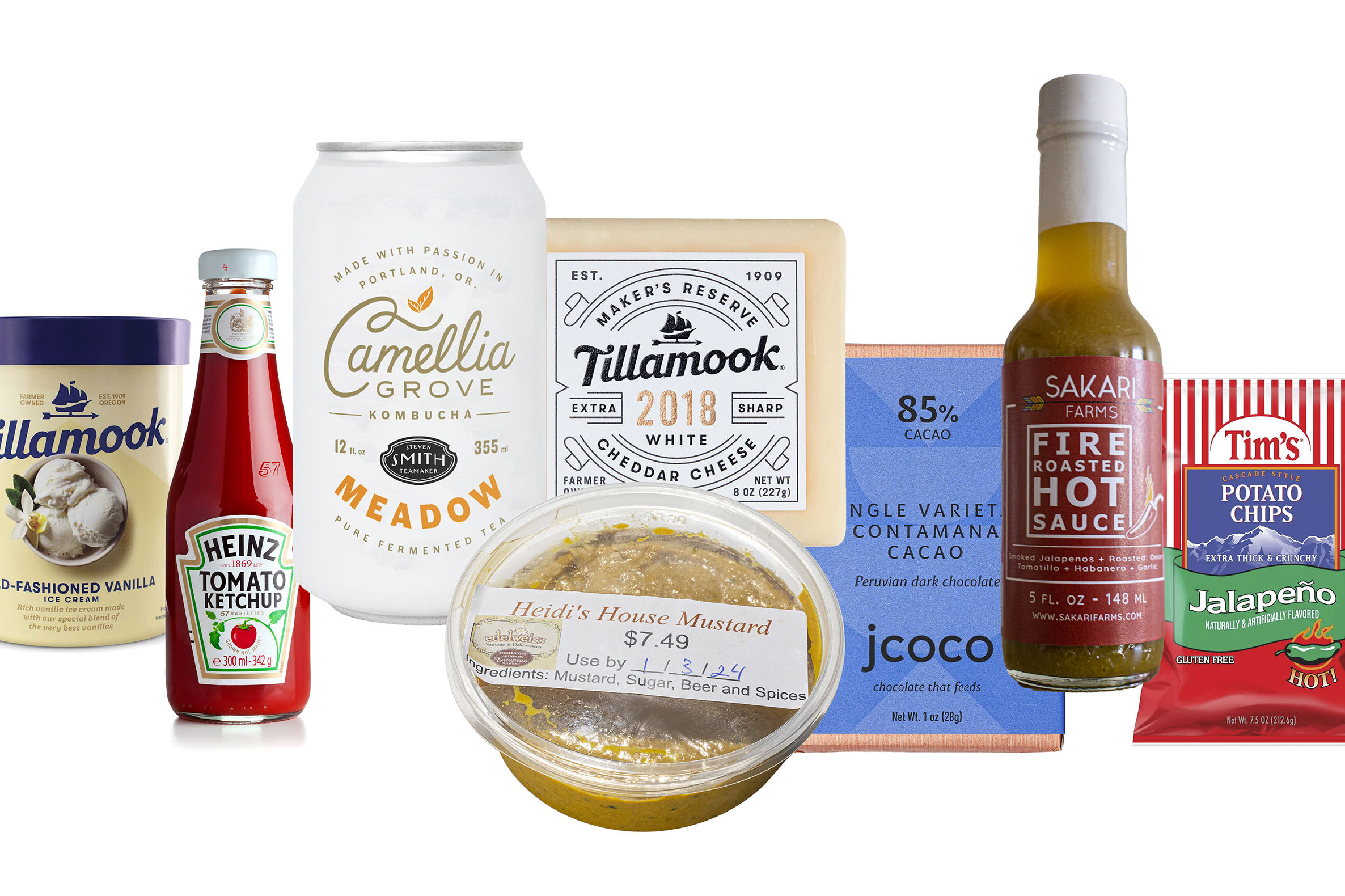Pepper Power

Image: Bruce Wolf
STUBBY. GREEN. THUMB-SIZE. These words don’t exactly conjure romantic images of medieval Spanish towns, flamenco bars, or jubilant fiestas—unless you’ve sampled the diminutive green pimientos de Padrón. These sweet Galician peppers—a staple at any Spanish tapas bar—are so well loved that residents of the village of Herbón, where Padróns were originally cultivated, drop everything and celebrate with a festival when the peppers first begin to appear on plants each August. But Galicians are not the only ones who anxiously await the peppers’ annual arrival. In Portland, pimientos de Padrón have developed something of a local cult following as well.
“Around April, customers start calling me asking, “When are the peppers coming? When are they going to be there?” says chef John Gorham of Toro Bravo, where a traditional tapas dish of fried pimientos de Padrón has been a favorite on his late-summer menu since the restaurant first opened in 2007.
Demand for Padrón peppers can be attributed as much to their delicate flesh and grassy flavor as to the amusement taken in eating them. Without warning, one pepper out of every 15 or so will detonate like a firecracker on the tongue. Spaniards delight in this game of culinary Russian roulette, frying up a batch of the pimientos for guests and waiting to see who will land the spicy one (which they say is good luck).
Stateside, pimientos de Padrón remain extremely rare. In most parts of the United States, farmers make do with seeds that have been hybridized with jalapeños, which many chefs say undercuts their trademark sweetness. But Viridian Farms, near McMinnville, is one of the few domestic producers offering true Padrón peppers. Partial to produce from the Mediterranean, owner Manuel Recio acquired his first Padrón seeds in Spain six years ago. Through a lengthy process of trial-and-error—and the discovery of techniques he won’t disclose—Recio managed to coax the finicky peppers to grow in Oregon soil. Local chefs and farmers-market fanatics have been seeking them out ever since.
“The first time I tried them, I was wowed by the complexity of the flavor,” says Gorham, whose preparation of the pimientos is strictly traditional: blistered in a cast-iron skillet and dusted with coarse sea salt. “I’ve had them all over the world, and they are always served very simple,” he says. “Some things need no help.”




